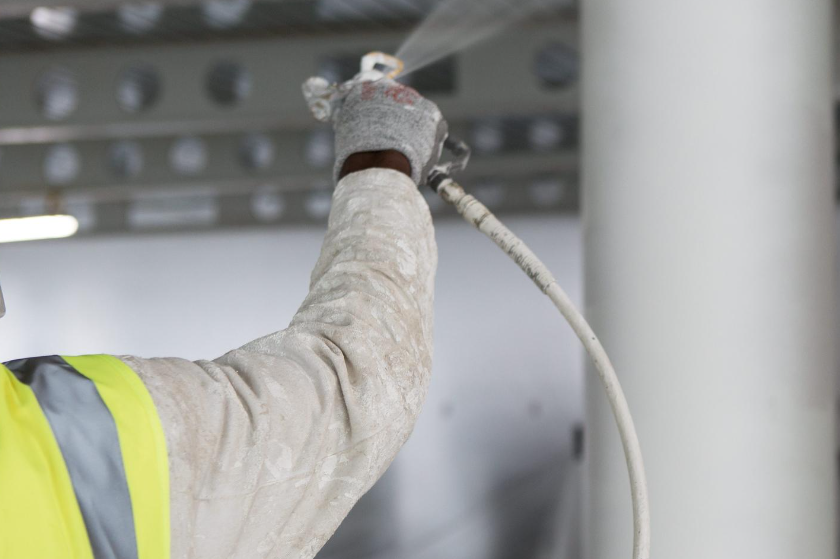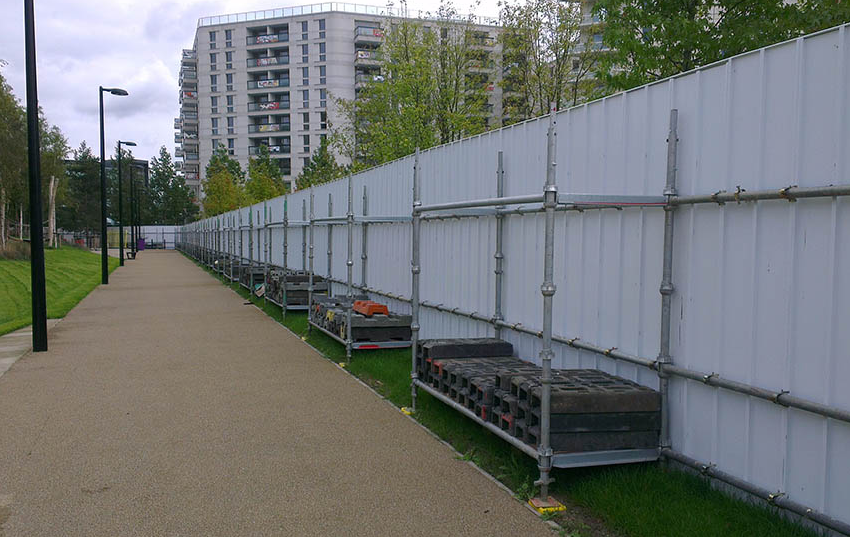Passive Fire Protection in Melbourne
Fire safety is a critical concern in any urban environment, and Melbourne is no exception. With its growing skyline and dense population, the city demands robust fire protection strategies to safeguard lives and properties. One of the most effective measures in this regard is passive fire protection in Melbourne.
Here’s an overview of passive fire protection and its importance in Melbourne’s building landscape.
1. Understanding Passive Fire Protection
Passive fire protection refers to the built-in fire safety features that are integrated into the structure of a building. Unlike active fire protection systems, such as sprinklers or alarms, passive fire protection is always in place, ready to perform its function without the need for activation. It includes fire-resistant walls, floors, doors, and other barriers designed to contain a fire to its point of origin and slow its spread throughout the building.
2. Importance of Compliance with Local Regulations
Melbourne’s building codes require strict adherence to fire safety regulations, including passive fire protection measures. These regulations are in place to ensure that all buildings, whether residential, commercial, or industrial, have the necessary safeguards to protect occupants and minimise damage in the event of a fire.
3. Key Components of Passive Fire Protection
The key components of passive fire protection include fire-rated walls and floors, fire doors, and fire-stopping materials. These elements are designed to compartmentalise a building, preventing the fire from spreading unchecked. Fire-rated walls and floors are constructed to withstand fire for a specified period, usually measured in hours, while fire doors are designed to remain closed during a fire, preventing the spread of smoke and flames.
4. Integration with Building Design
One of the significant advantages of passive fire protection is its seamless integration into the overall design of a building. Architects and builders in Melbourne incorporate passive fire protection into the early stages of the design process, ensuring that these critical safety features do not compromise the building’s aesthetic or functionality.
5. Long-Term Benefits
Investing in passive fire protection offers long-term benefits for building owners and occupants. Not only does it enhance safety, but it also reduces the potential for costly repairs and loss of life in the event of a fire. By containing a fire and preventing its spread, passive fire protection can significantly limit the damage, preserving the integrity of the structure and potentially saving lives.
Passive fire protection in Melbourne is an indispensable aspect of modern building safety. By integrating fire-resistant materials and designs into the very fabric of a structure, ensures that buildings are better equipped to handle emergencies, protecting both property and lives.



